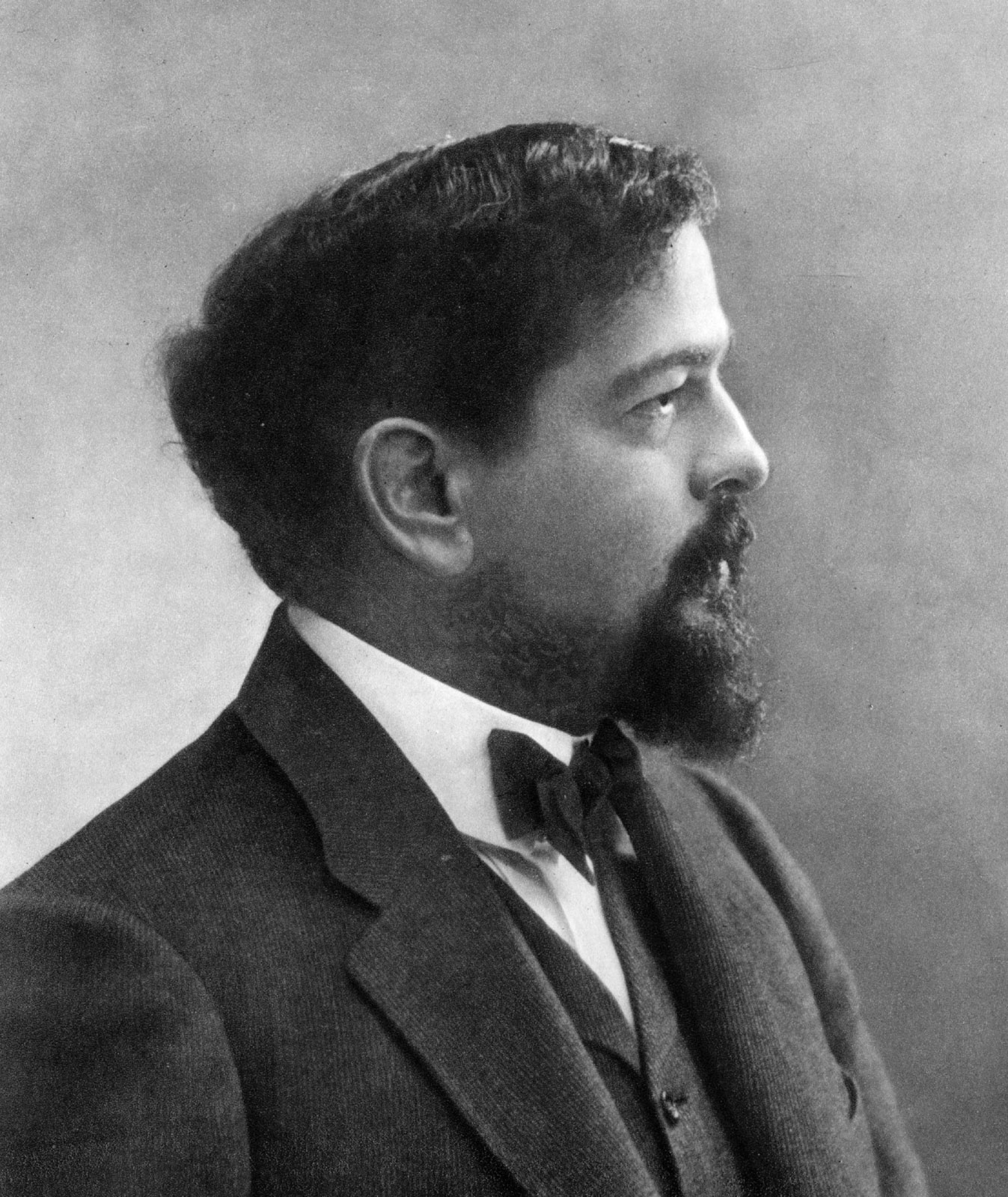Where would classical music go after Richard Wagner? How would composers who followed in his footsteps deal with his gargantuan presence?
For his part, French composer Claude Debussy decided to challenge Wagner head on. First, he absorbed Wagner’s lessons on dissonance from the prelude to Tristan and Isolde. Then he set out to surpass his teacher.
In his first major orchestral work, Prelude to the Afternoon of a Faun, Debussy paid tribute (or perhaps slyly parodied) Wagner’s prelude, with plenty of unresolved dissonances and even a version of the famous Tristan chord.
But Debussy created a unique sonic world that sounds nothing like Wagner’s. In doing so, he led music into the modern era.
Ultimately, Debussy came to view Wagner as a monument doomed to suffer the ravages of time, “a beautiful sunset which one mistook for a dawn.”
To read more, click here….

Claude Debussy, britannica.com

